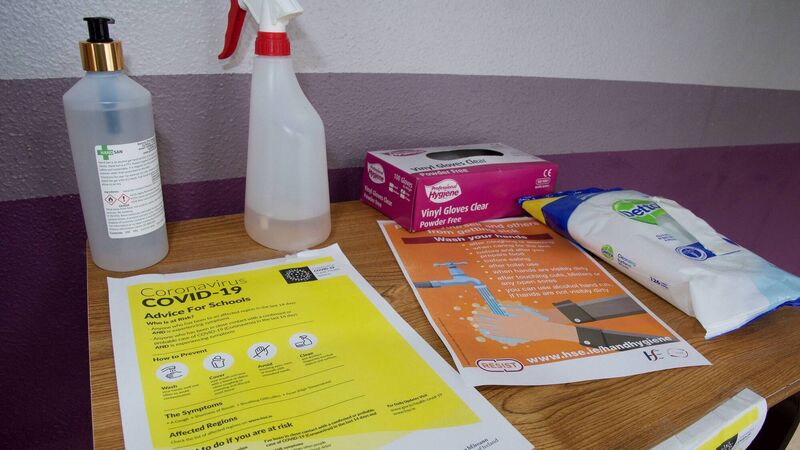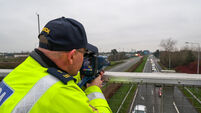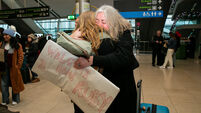Covid-19: Updated definition of 'close contact' in schools

Face-to-face contact within less than a metre of a confirmed case of Covid-19 in a school environment for more than 15 minutes will be classified as a ‘close-contact’. Picture: Alison Laredo
Anyone in a school who has had face-to-face contact within less than a metre of a confirmed case of Covid-19 for more than 15 minutes will be classified as a ‘close-contact’.
Anyone who has been between one and two metres of a confirmed case of Covid-19 for more than 15 minutes in a school day will also be considered a close-contact, but consideration will also be given to other 'mitigation measures'.
That's according to a new national definition of cases and contacts in childcare settings and schools published by the Health Protection Surveillance Centre ().
These 'mitigation measures' include face-coverings, 'pods' of students, ventilation, infection prevention control measures or uncertain compliance with the mitigation measures in place. This will be assessed through a clinical public health risk assessment ().
The lack of clarity around what constituted as a ‘close contact’ within the education sector led to much anxiety, confusion and worry amongst school communities. It has been an issue heavily highlighted by the education unions and representative groups over the last month.
The HPSC has now published the new, agreed-upon definition on its site.
Under the guidelines, a is undertaken for all educational settings that someone has attended while they were infectious. This assessment determines who is a close-contact, which are based on the contact they had with someone who has Covid-19 during their infectious period. This is 48 hours before the onset of symptoms if symptomatic, or 24 hours before the test for Covid-19 in those who are asymptomatic.
Irish National Teachers Organisation () general secretary welcomed the development. "We hope to tease this out in more detail, alongside a thorough assessment of the latest public health data at our meeting with the National Public Health Emergency Team () officials this week."
Multi-disciplinary teams led by public health will also be supplemented by school inspectors re-assigned to the as well as other staff reassigned from within the health services. Covid-19 test appointments are also being issued as a priority for school-based close contacts through a specific schools referral process, the Department of Education also confirmed to the .
Swabs for the school group are sent to the laboratory at the point of testing as a 'red-flagged' batch to be processed as a priority. These swabs have a specific school reference number to allow for batch reporting, aiming to ensure fast turnaround times for testing.
While issues remain outstanding, the improvements are welcome, according to Mr Boyle. The department must ensure this new service ensures that "no principal is left waiting for days for a risk assessment or public health guidance", he added. The union expects a public health review of the school sector it sought will be provided to it shortly.
A spokeswoman for the HSE said the definition of close contacts used in a school is "the same as elsewhere."
However, there isn't an automatic assumption that a whole class of students will be deemed 'close-contacts' as schools are so varied, she added.
"[For example, with] young primary school children, ‘pods’ will often likely be deemed close contacts and all removed."
"In secondary settings where there is social distancing rather than a ‘pod’ per se, close contacts will be determined by proximity and interaction with the index case."
This includes things like their class placement, the classroom structure, common travel, social networks and friendship groups.





